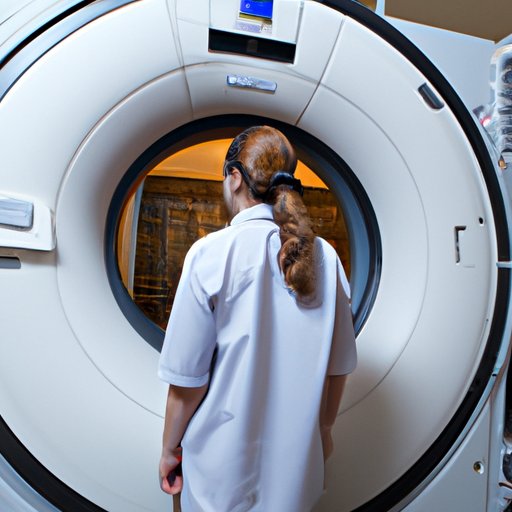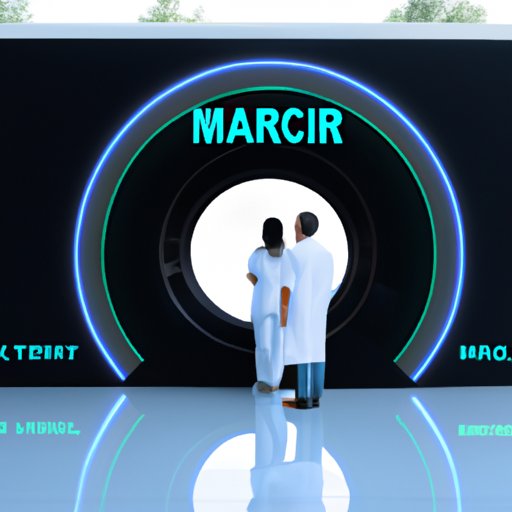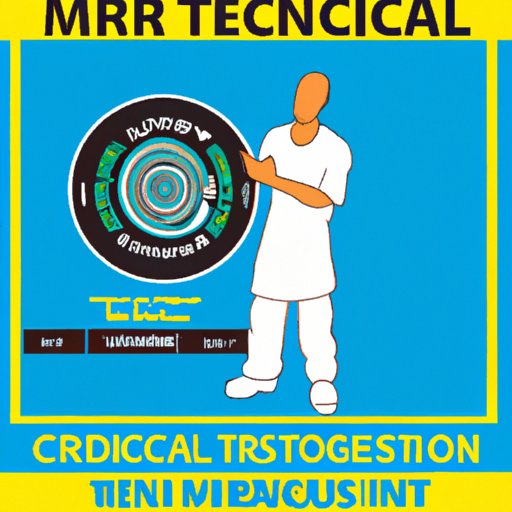Introduction
Magnetic Resonance Imaging (MRI) is one of the most important tools in modern medicine. It has revolutionized the way doctors diagnose and treat patients by providing detailed images of the body’s internal organs and structures. An MRI technologist is a trained professional who operates the MRI scanner and performs the scans that produce these images. Becoming an MRI technologist requires a certain degree of technical expertise, as well as the ability to provide quality patient care. In this article, we will explore the education and training requirements, different types of MRI scans, job description, and tips for succeeding as an MRI technologist.
Education and Training Requirements
The first step towards becoming an MRI technologist is to obtain a degree or certificate in radiologic technology. Most employers prefer to hire MRI technologists who have earned an Associate’s Degree in Radiologic Technology from an accredited college or university. However, some employers may be willing to hire individuals with a certificate in radiologic technology from a community college or vocational school. Additionally, some states require MRI technologists to be licensed or certified in order to practice, so it is important to check your state’s licensing requirements before applying for jobs.
The cost of education and training can vary widely depending on where you attend school and how long it takes to complete the program. Tuition costs at accredited colleges and universities typically range from $6,000 to $20,000 per year, while tuition at community colleges and vocational schools usually ranges from $1,000 to $5,000 per year. Additionally, some employers offer internships for aspiring MRI technologists. These internships allow students to gain valuable hands-on experience in the field and often result in full-time employment after graduation.
Different Types of MRI Scans
MRI technologists must be familiar with the different types of MRI scans and the purpose of each. Common types of MRI scans include abdominal scans, brain scans, breast scans, cardiac scans, pelvic scans, and spine scans. Each type of scan produces images of different parts of the body, and it is important for MRI technologists to understand the differences between them.
For example, abdominal scans are used to examine organs such as the liver, kidneys, and pancreas, while brain scans are used to detect tumors, strokes, and other neurological disorders. Breast scans are used to detect breast cancer, while cardiac scans are used to evaluate the health of the heart. Pelvic scans are used to evaluate the reproductive organs, and spine scans are used to detect abnormalities in the spinal cord and vertebrae.

Role of an MRI Technologist
An MRI technologist’s job is to operate the MRI scanner, which uses powerful magnets and radio waves to create detailed images of the body’s internal organs and structures. The MRI technologist is responsible for preparing the patient for the scan, positioning the patient correctly on the scanner table, operating the scanner, and monitoring the patient’s safety during the procedure. They must also be knowledgeable about the different types of MRI scans and be able to explain the procedure to patients in a friendly and reassuring manner.
Day-to-Day Responsibilities of an MRI Tech
On a daily basis, MRI technologists must prepare the patient and equipment for the scan, including positioning the patient on the scanner table and ensuring they are comfortable. They must also ensure that all safety protocols are followed, such as wearing protective clothing and using radiation shields. During the scan, the MRI technologist must operate the scanner and monitor the patient’s safety. After the scan is complete, the MRI technologist must review the images for accuracy and send them to the doctor for interpretation.

Importance of Patient Care in MRI Technology
Providing excellent patient care is an essential part of being an MRI technologist. Patients may feel anxious or uncomfortable during the scan, so it is important for MRI technologists to be patient, understanding, and reassuring. They should be aware of the patient’s needs and do their best to make them feel comfortable. Additionally, MRI technologists should be aware of any medical conditions that could affect the scan, such as claustrophobia, and be prepared to adjust the scan accordingly.

Tips on How to Succeed as an MRI Tech
To succeed as an MRI technologist, it is important to stay up-to-date on the latest technology and techniques. This includes attending conferences and seminars and reading industry publications. Additionally, MRI technologists must maintain a high level of professionalism and respect for their patients. They should also strive to build a positive reputation within the medical community by being reliable, courteous, and knowledgeable.
Conclusion
Becoming an MRI technologist requires a certain degree of technical expertise, as well as the ability to provide quality patient care. To become an MRI technologist, you must obtain a degree or certificate in radiologic technology, understand the different types of MRI scans, and stay up-to-date on the latest technology and techniques. Additionally, providing excellent patient care is essential to succeeding as an MRI technologist. With the right education and training, you can become a successful MRI technologist.
(Note: Is this article not meeting your expectations? Do you have knowledge or insights to share? Unlock new opportunities and expand your reach by joining our authors team. Click Registration to join us and share your expertise with our readers.)
